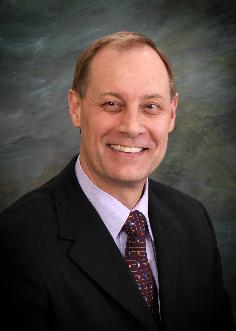![[Dr Reddish's Research Home page]](mcp-logo.gif) |
![[Dr Reddish's Research Home page]](mcp-logo.gif) |
| Dr Tim Reddish
Professor Department of Physics University of Windsor 401 Sunset Ave Windsor, Ontario CANADA N9B 3P4 Telephone: 519 253 3000 Ext 2655
|

|
Having graduated with a First Class (Hons) degree in Physics from Manchester University (UK) in 1981, I then studied for a PhD in gas-phase electron spectroscopy with Dr John Comer (Manchester University). In 1989, after post-doctoral positions in Manchester and Vancouver (BC) that introduced me to synchrotron radiation and coincidence techniques, I moved to Newcastle University (UK) as a 'New Blood' Lecturer. I was promoted to Senior Lecturer in 1998 and to Reader in 'Experimental Atomic Physics' during 2001. In September 2002 I moved to the University of Windsor (Canada) and was promoted to 'Professor in Physics' during 2010.
My 'free' time is often occupied by reading theology, since I am also interested in the relationship between science and Christianity, and I always enjoy watching British detectives and dramas on TV.
My research interests are in the field of experimental atomic and molecular physics. I am particularly interested in photoionisation mechanisms - including double ionisation - and ionic state spectroscopy, together with the development of sophisticated instrumentation for detecting low energy electrons and ions. For example, building upon my previous experience in electron optics and position-sensitive detectors, my group has developed a toroidal electron analyser which can simultaneously detect the electrons' energy and scattering angle over a wide field of view of the interaction region for use in electron-electron coincidence studies. This apparatus has been used at the Daresbury Synchrotron Radiation Source (SRS), SuperACO (Orsay, France) and the Photon Factory (Japan) to investigate photodouble ionisation of fundamental two-electron systems: H2 / D2 and He. High-resolution photoelectron studies have also been undertaken on the satellite and resonance structure associated with inner valence ionisation. I am also interested in time-of-flight methods for determining the momenta of ions and electrons and the production of high-resolution low energy electron beams for spectroscopy. Recently, I have developed a novel electrostatic 'electron recycling spectrometer' - a desk-top sized low energy charged-particle accelerator with a race-track geometry - for use in collision physics. It is hoped that this scheme will be adapted into related positron-molecule collisions in the near future; it is presently being used as an ion storage ring.
The publications lists indicate that this research
is collaborative with groups around the world, particularly Dr Alain Huetz
(Orsay, France) and Dr Peter Hammand (Perth, Australia).